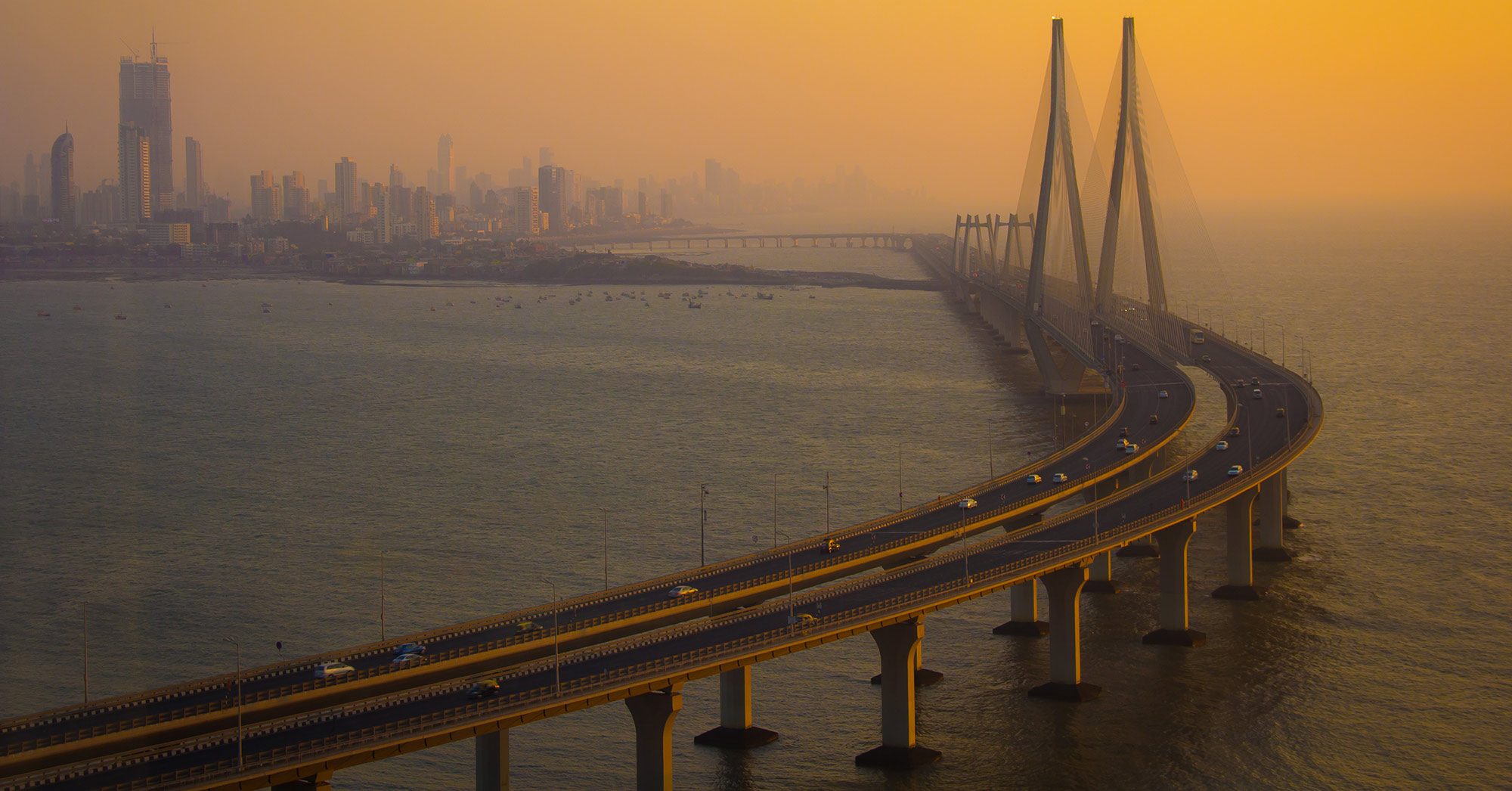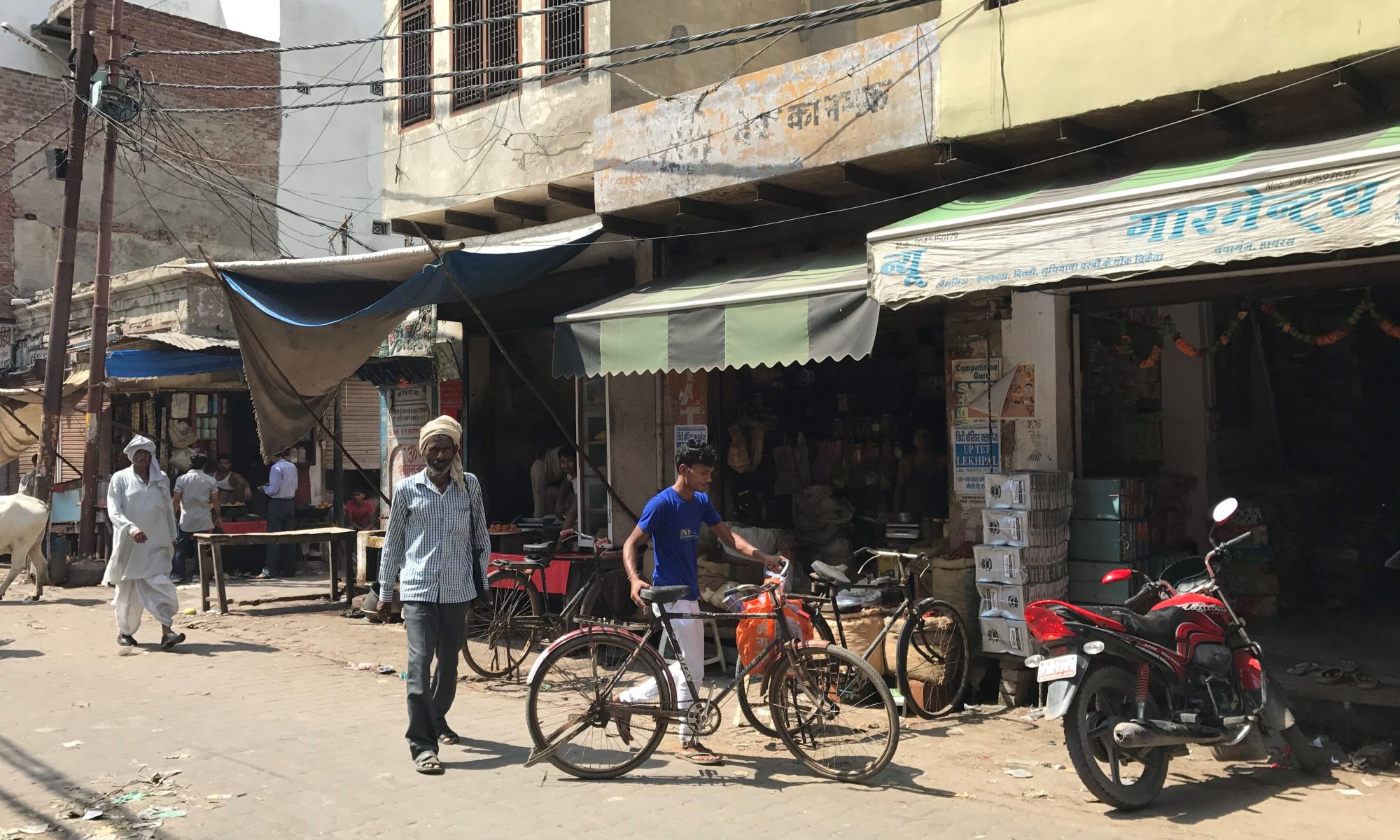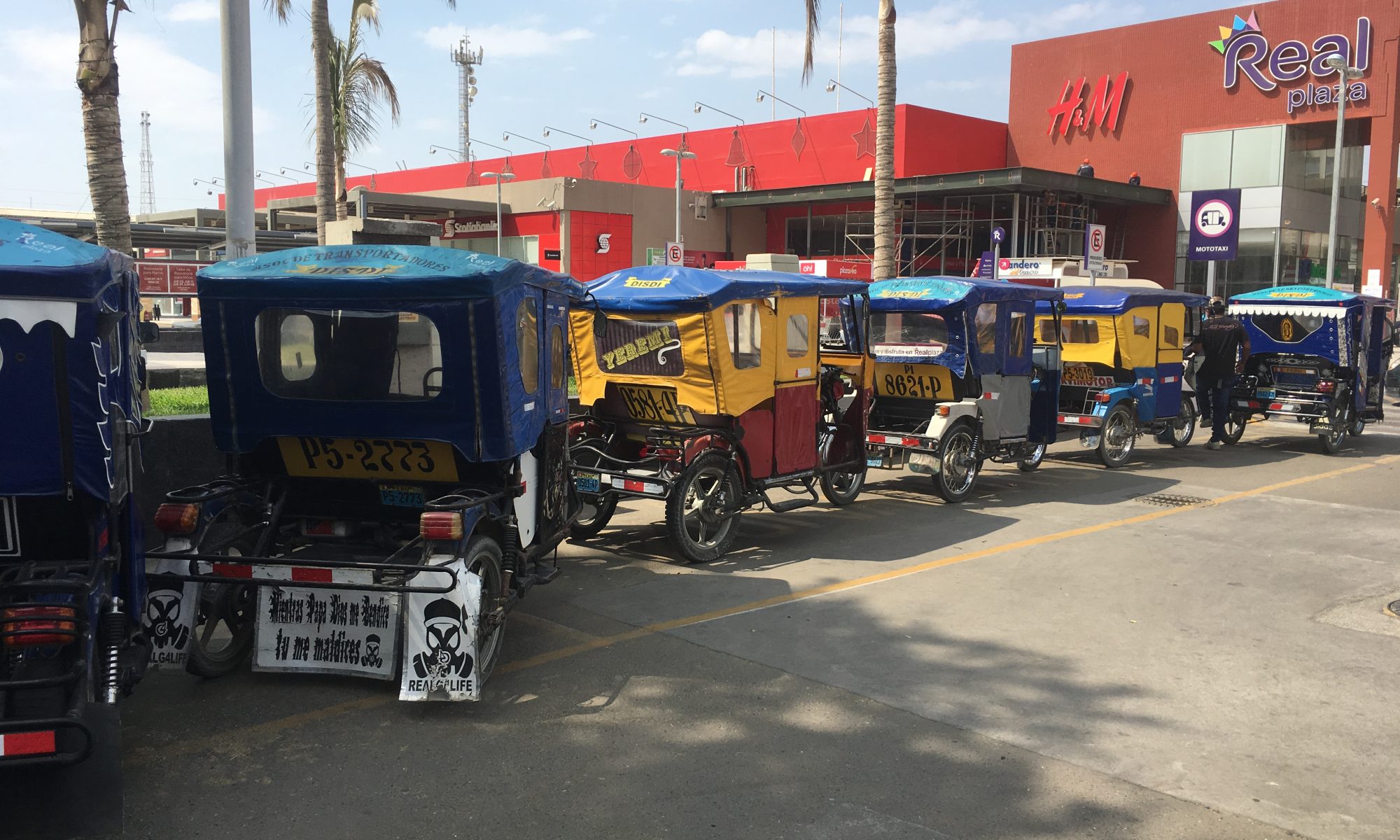Earlier this summer our Africa investment team undertook a research trip to Egypt, just over six months since the authorities floated the Egyptian pound and initiated a reform driven agenda.
Since the removal of currency restrictions and the removal of subsidies, which helped Egypt secure a US$ 12bn IMF loan, both its debt and equity markets combined attracted inflows of US$ 7.7bn; US$3.7bn from foreign investors and US$4.0bn from domestic investors. The government also tapped the global capital markets raising US$ 7bn in Eurobonds, and the central bank’s 700bps increase in domestic interest rates attracted more than US$ 13bn into its Treasury Bills. This resulted in Egypt’s reserves reaching over US$ 36bn, covering almost eight months of imports.
These vast efforts by the government have now set the economy up for a recovery.
The purpose of the trip was to enhance our understanding of how the corporate sector was coping with the new environment and assess investment opportunities in the country, which we believe is at the beginning of a new growth cycle.
The following report outlines the team’s findings and prospects for the economy.
MACRO: FROM DISTRESSED TO STABLE
Egypt’s government, institutions and economy were in a distressed position as recently as 2016. This led to an IMF intervention, with a USD 12bn bailout package on the condition of a sweeping set of reforms.
The central feature of these measures was the elimination of Egypt’s currency peg, which was clearly unsustainable for a net importer of energy and soft commodities, with a dependency on diaspora transfers and credit markets. In the following period, the country’s exchange rate has therefore been determined by market forces, with the adjustment resulting in a downwards repricing of the Egyptian pound in the order of 50-60%.
Other reforms undertaken by the Egyptian government include the implementation of a transaction tax (VAT) and the passing of a new investment law to cut energy subsidies, the combination of which will improve fiscal revenue. Moreover, the new government is now mostly made up of technocrats, and although institutions remain fragile, the quality of administration is improving.
During our visit, both Domty, a branded cheese producer, and Edita, the largest bakery goods company in the country by market share, told us that they increased the prices of their product to consumers by more than 100% over the past year to compensate for rising input prices and its impact on their cost structure. There is no doubt that the economy is still adjusting to the new exchange rate, and inflation increases are hitting consumer’s disposable income.
The 700bps rate hike by the central bank since November last year (to an 18% deposit rate) is also positive news, which will help anchor inflation and attract portfolio flows to support the currency. This is unlikely to crowd out investment as the economy is underleveraged, with private credit to GDP at 34% at the end of 2016 vs a high of 55% back in 2002.
The Egyptian economy is now stabilising and is no longer distressed; all the companies we talked to were incrementally more confident about the future.
MICRO: GLOBAL & DOMESTIC LEADERS
We assess country risk in terms of economic health and institutional and government quality. It is clear that Zuma has been a disastrous leader for South Africa. However, 2017 holds the prospect of change as the ANC are electing a new chairman. So a real prospect of a positive leadership change, alongside a strong central bank could mark the beginning of a reform driven agenda, triggering a return to faster economic grow.
A World-Class Leader: Edita
Edita is the leading baked snack food company in Egypt, owning the country’s leading brands in croissants (60% market share), cakes (57%), rusks (47%) and sweets (20%).
We admire how they have built a portfolio of strong brands, whilst managing a business with sound financial metrics. Their ability to adapt to the recent challenging environment of rising cost pressure was illustrated in their marketing strategy, where they introduced volume/value offerings whilst increasing prices overall. The combination resulted in a limited fall in overall sales and minimal impact to profitability. Our visit focused on an assessment of their operational execution at their main bakery manufacturing sites.
It is our judgement that the company’s operations compare favourably with production plants across the emerging and developed world, not least Bimbo, the world’s largest baked goods company, and a holding in our Latin America Fund. Moreover, the facility is run by an impressive management team, all of whom were former global FMCG professionals at firms such as Coke, PepsiCo and P&G. These individuals bring global best practices from the production process to branding strategies and revenue management. This was particularly evident across their manufacturing facilities, which met Western European safety and efficiency standards and benefitted from modern design and technical specifications. The application of these best practices results in Edita having ISO 22000, ISO 9001, ISO 14001 and OHSAS 18001 certifications. Likewise, Edita’s internal communications in terms of corporate values, product branding and health & safety standards were like any other world class operator.
Global Exporters: Oriental Weavers
One of our largest investments over the past year was Oriental Weavers, a significant Egyptian exporter of rugs and carpets.
The FX adjustment of 2016 resulted in solid investment returns over the past twelve months, with Oriental Weavers up more than 20% in USD from the beginning of 2016 to our visit in mid-May. This is in comparison to MSCI Egypt, which was down 10.1% over the same period.
Over the course of our visit we were impressed by the mind set of constant improvement in their manufacturing processes. For example, we took a tour of Oriental Weavers’ weaving facility, where we saw their newest generation of manufacturing technology in action, and software which they co-developed to deliver one of the highest productivity weaving machines in the world. These developments were driven by a need to keep pace with client requirements (firms such as IKEA, Lowe’s, Target and Intercontinental hotels) and international competitors.
Oriental Weavers’ net income rose 128% YOY in Q1 2017, as its export-business flourished (dually boosted by recovering volumes and a weaker Egyptian Pound), while its local margins were protected by price increases. It is also worth mentioning their brand new state-of-the-art storage warehouse. Using the latest software and hardware technology for triage, storage and management, they have increased capacity by up to 50%. This makes Oriental Weavers the world’s largest carpet producer with no human intervention, with one of the lowest error rates in the world in their warehouse management supply chain.
Domestic Leaders: Cairo Poultry, Domty, Obour Land, CIB, Cleopatra, Integrated Diagnostic
The third bucket of companies we met during our trip were domestic leaders in its booming food and healthcare sectors. The past year severely impacted domestic consumption, a market which was recovering from a tough environment since the Arab Spring. However, looking beyond the economic adjustment, we believe these companies offer one of the more compelling growth opportunities globally.
Egypt has tremendous potential due to its demographics and economic informality. Egypt is a country of nearly 95m people, with a median age under 25 yrs, 2% annual population growth, and 85% of small & medium sized classed as informal. Its young and growing population has the potential to provide years of consumption growth for branded food companies, and a sound economic reform plan can accelerate the formalisation of the economy, thereby broadening the tax base and improving the country’s fiscal accounts.
Beyond the consumer industry, we met with health care companies such as Cleopatra, a hospital operator, and IDHC, a diagnostics company. Both have international expansion aspirations, which bring opportunity and complexity. In our view, we believe the domestic opportunity is large enough for them to focus their attention, as an international venture adds risk to their business with lower synergies and potentially greater execution risk.
ESG IN EGYPT
There is no better way to evaluate Environmental, Social and Governance (ESG) factors than on the ground research.
The ESG standards of the companies we visited met our minimum requirements to be investable. Indeed, a number showed evidence of global best practice and quality. This is, of course, a reflection of our pre-selection, and doesn’t represent the overall assessment of ESG in Egypt. In general, we find transparency to be extremely limited, with a great deal of engagement required to gain sufficient insight.
Edita most impressed us with respect to its standards of ESG. Their industrial bakery met global best practice in terms of quality of industrial machinery, quality control, hygiene, health and safety standards and staff professionalism. In addition, they displayed consistent evidence of innovation via which they increased productivity and created cost savings, while decreasing their environmental footprint. This was apparent by the implementation of a new wafer line, which helped new product introduction, whilst at the same time increasing productivity, lowering costs, and reducing waste.
Elsewhere, companies like Domty, Egypt’s leading branded cheese producer, showed a desire to improve their ESG adherence and will benefit from the support of Tetra Pak in their endeavours. They showed us their brand-new facility, which was in the final stages of construction and geared towards greater production scale and energy efficiency.
We focused on understanding the extent to which the firm had a culture of energy saving, health and safety initiatives and food safety standards. Their brand new manufacturing facility was designed with Northern European specifications, with particular regard to industrial engineering flow and waste reduction. We shared our experiences of other production facilities in France and Mexico, specifically regarding Health & Safety communication and implementation procedures. This was not visible to us during our visit compared to its wide visibility in facilities we’ve seen elsewhere. Domty’s management assured us that this is being taken on board.
CONCLUSION
Overall, we returned with an extremely constructive view on Egypt, a country implementing the IMF’s reform driven agenda, an agenda embraced by the private sector and well understood by the ‘man on the street’. The companies we met with were well prepared for tough times, and are even better prepared for the next growth cycle, which we believe is ahead of us driven by the execution of a well-structured reform programme designed to reduce the fiscal budget and decrease inflation. The next economic cycle has the potential to generate significant returns for investors.
The Egyptian market is trading at rock-bottom valuations and incremental FX risk is now limited due to a 700bps hike in interest rates. This is to say, the Egyptian Pound devaluation is now behind us, with growing portfolio inflows since November 2016.
As the country’s institutional and macro-economic frameworks stabilise, it is easy to imagine international investors getting excited again about Egypt over the next few quarters, and as such, there could be strong tailwinds for our holdings. With a 90m, young population that is growing rapidly, only a few economic improvements are necessary to unleash foreign and domestic investment, as well as triggering a boom of consumption led by a growing middle-class.















